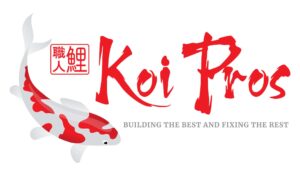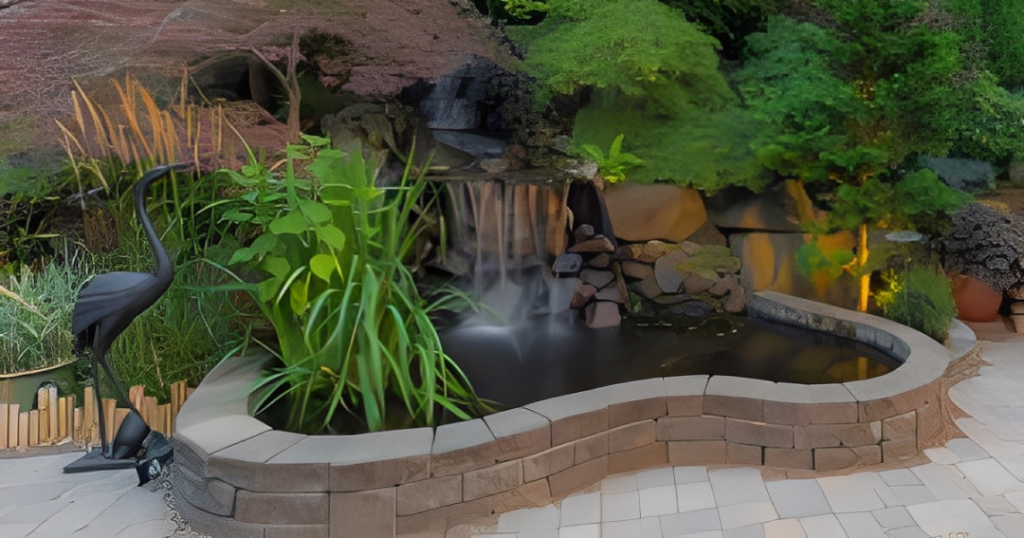
Adding a water garden or pond to your backyard can change the way your space feels. Water moves, reflects, and attracts life. It can create calm and bring nature closer to your home. From koi ponds to small water features, there are many ways to create a water garden that fits your style.
This guide covers everything homeowners need to know. We will talk about planning, design ideas, installation, costs, maintenance, and when to hire a water garden contractor. You will also see ideas for landscaping your pond to make it a focal point of your yard.
Understanding Water Gardens
What Is a Water Garden
A water garden is a pond or water feature with plants, sometimes fish, and a system to keep it clean. Unlike a regular pond, a water garden is designed to look natural while keeping the water healthy. Water gardens can be decorative or functional, depending on your goals.
Why Homeowners Choose Water Gardens
Water gardens bring calm and beauty to a backyard. The sound of water is relaxing. Watching fish swim can reduce stress. Water gardens also attract birds, frogs, and insects, which add life to your yard.
Water features can also increase property value. A well-maintained pond makes your home stand out and can be a selling point in the future.
Types of Water Gardens
Water gardens come in different forms. You can have a koi pond, a reflection pond, or a small decorative pond. Some include waterfalls or streams, while others focus on plants and rocks. You can choose natural designs that blend with your garden or modern designs with clean lines.
Planning Your Water Garden Project
Setting Goals
Before building a pond, decide what you want from it. Do you want a peaceful place to relax, a pond for koi, or a garden for plants and wildlife? Your goal affects the design, size, and maintenance of your pond.
Choosing the Right Location
Location is very important. The pond should get some sunlight but not too much. Too much sun can cause algae to grow quickly. Avoid placing your pond under trees. Leaves can fall into the water and make cleaning harder. Make sure the ground is level and drains well to prevent flooding.
Size and Depth Considerations
Pond size depends on your space and what you want to keep in it. Small ponds work well in patios or small yards. Larger ponds are better for fish or waterfalls. Depth is also important. Two to three feet is good for most water gardens. Deeper ponds help protect fish and plants and keep water temperature stable.
Local Regulations and Permits
Check local rules before starting. Some cities require permits for digging or installing pumps. Your water garden contractor can help you with permits and safety rules.
Designing Your Water Garden
Key Design Elements
Water gardens need a few main components. A liner holds the water. A pump moves water through the filters. A filtration system keeps the water clean. Rocks and plants make the pond look natural. Lighting can make your pond attractive at night.
Pond Shapes and Layout
Ponds can have natural curves, straight edges, or tiered designs. Natural shapes blend with plants and rocks. Formal shapes are modern and geometric. Your pond layout affects how water moves and how easy it is to maintain.
Choosing Plants
Plants are important for water health. Floating plants like lilies provide shade and reduce algae. Marginal plants like cattails grow at the pond’s edge. Submerged plants like anacharis help oxygenate water. Plants also give fish places to hide and create a natural look.
Adding Fish and Wildlife
Koi, goldfish, and other small fish can live in your water garden. Frogs, birds, and insects may visit naturally. Fish and plants work together to keep water clean. A pond with the right balance of plants and fish is easier to maintain.
Creative Pond Landscaping Ideas
Natural Pond Landscaping
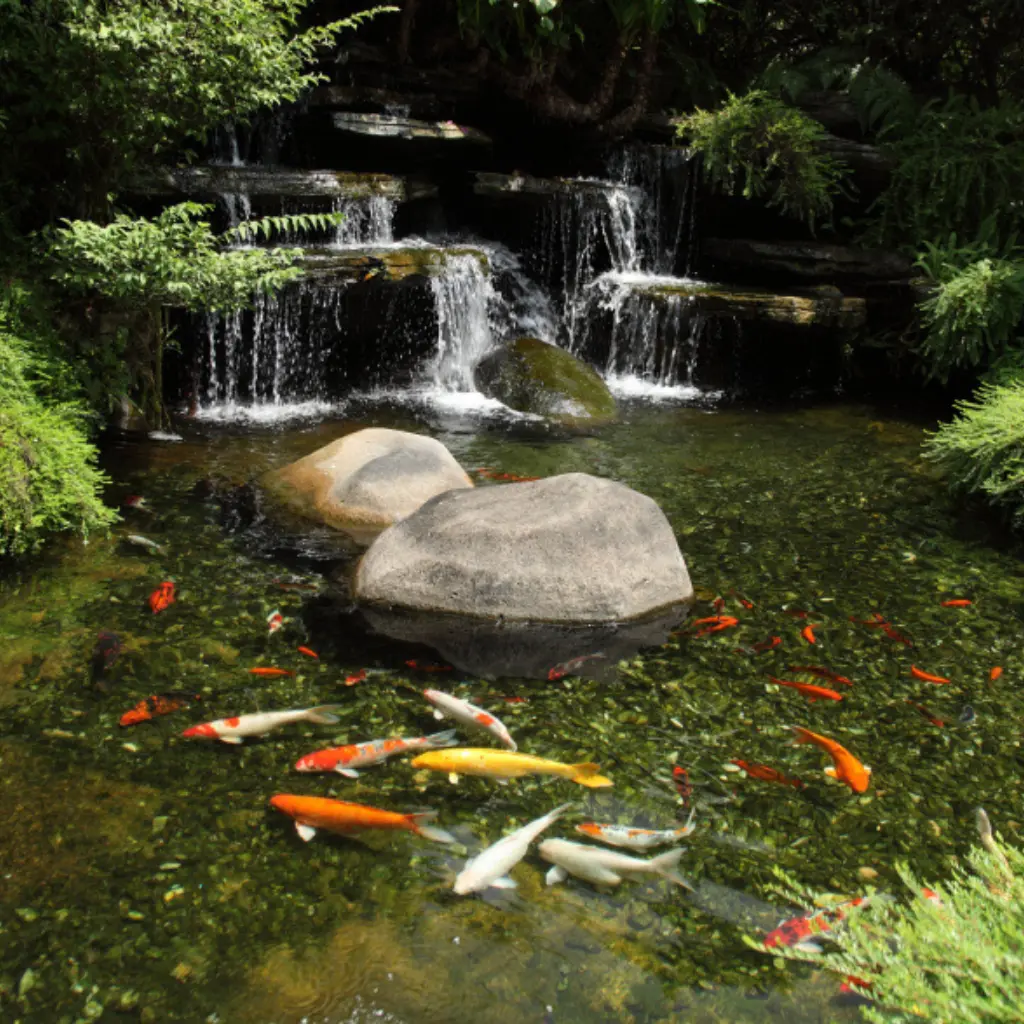
Use rocks, gravel, and native plants to create a natural look. Arrange rocks along edges to hide the liner. Native plants help support local wildlife and reduce maintenance.
Formal and Modern Pond Landscaping
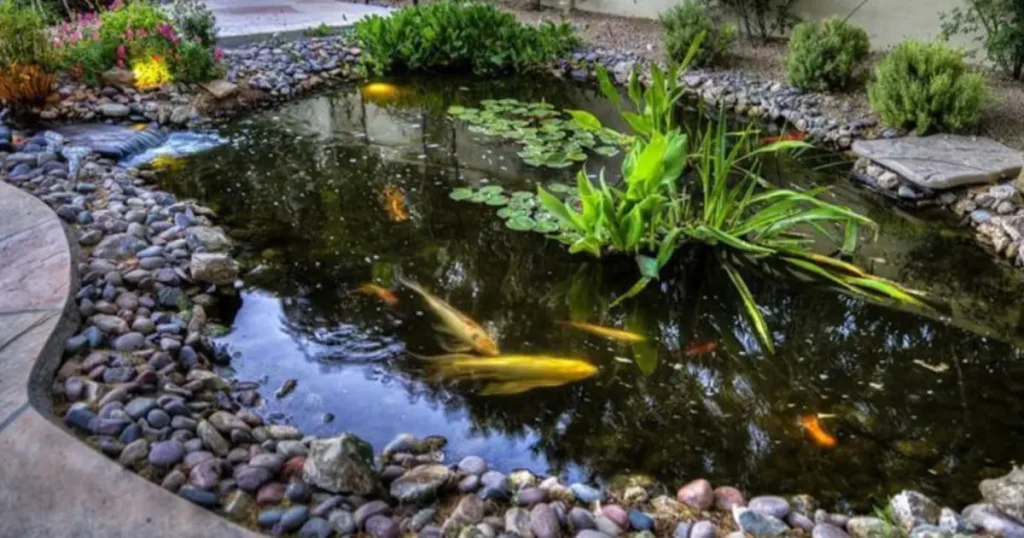
For a modern look, use clean lines and minimal plants. Stone or concrete edging gives a neat appearance. Adding a small fountain or LED lights can make the pond stand out.
Small Space Water Gardens

Even small yards can have ponds. Use a preformed liner or container pond. Add a few plants and small fish. Mini waterfalls or wall-mounted water features work well for tight spaces.
Waterfalls, Streams, and Fountains
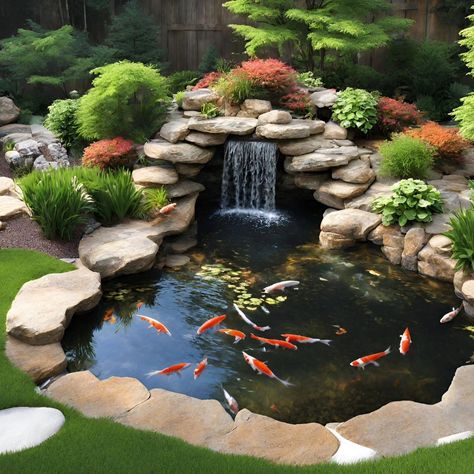
Moving water adds sound and oxygen. Waterfalls can be small or large, depending on the pond size. Streams can connect different pond areas. Fountains create motion and reduce algae.
Working with a Water Garden Contractor
What a Water Garden Contractor Does
A water garden contractor handles the design and installation. They make sure the pond is waterproof and that pumps and filters work correctly. Contractors know how to build ponds that last.
When to Hire a Professional
Hire a contractor if your pond is large, has complex plumbing, or includes waterfalls. Professionals save time and reduce mistakes. Small ponds can sometimes be done as a DIY project, but a contractor ensures quality.
Choosing the Right Contractor
Look for experience and reviews. Ask to see photos of past projects. Check for licenses and insurance. Contractors should explain each step clearly and answer questions.
Questions to Ask Before Hiring
Ask about materials, timeframes, and warranties. Find out if they offer maintenance or repair services. Clear communication helps avoid surprises.
Water Garden Installation Process
Site Preparation
Mark the pond area and remove rocks and roots. Dig to the planned depth and shape. Make sure the bottom is level.
Installing Liner and Filtration
Place the liner carefully to avoid holes. Install plumbing and filtration systems before filling the pond. Proper installation prevents leaks.
Landscaping Around the Pond
Add rocks, gravel, and plants. Edge the pond with stones or soil. Arrange plants to look natural and support the ecosystem.
Filling and Balancing Water
Fill the pond slowly. Treat the water to remove chlorine. Check pH and temperature. The pond must be balanced before adding plants or fish.
Finishing Touches
Add lighting, seating, or garden pathways. These elements make the pond inviting and enjoyable.
Water Garden Costs
Average Cost
Small garden ponds can cost $2,000–$5,000. Large ponds with pumps, waterfalls, and custom landscaping can cost $8,000–$15,000 or more.
Factors Affecting Cost
Size, depth, materials, and extra features like waterfalls affect price. Labor and location also influence the cost.
DIY vs Professional Installation
DIY ponds can save money but may lead to problems with leaks, pumps, or water quality. A water garden contractor ensures proper design, installation, and long-term maintenance.
Maintenance and Upkeep
Routine Tasks
Remove debris, clean filters, and check pumps regularly. Top up water as it evaporates. These small tasks keep the pond healthy.
Water Quality
Test pH, ammonia, and nitrate regularly. Use natural treatments or beneficial bacteria to maintain balance. Green or cloudy water usually means the pond needs cleaning or more aeration.
Seasonal Care
Spring: clean filters, check equipment, and prepare plants. Summer: control algae and provide oxygen. Autumn: remove fallen leaves. Winter: prevent freezing with a de-icer or aerator.
Common Problems
Leaks, algae blooms, and weak water circulation are common. Check liners, pumps, and filters. Regular care prevents most issues.
Eco-Friendly Pond Landscaping
Native Plants
Native plants use less water and support wildlife. They also help maintain a natural pond ecosystem.
Rainwater Harvesting
Collect rainwater to refill the pond. This saves water and reduces chemical exposure from tap water.
Solar Pumps and Lighting
Solar-powered pumps and lights reduce energy use. They also make the pond more sustainable.
Wildlife-Friendly Ponds
Create safe spaces for birds, frogs, and insects. Avoid pesticides near your pond.
Inspiring Pond Landscaping Ideas
Japanese Water Gardens
Use stones, bamboo, and small bridges. These ponds are calm and balanced.
Modern Minimalist Ponds
Use clean lines, shallow pools, and few plants. LED lights add beauty at night.
Rustic Backyard Ponds
Use gravel, wood, and natural edges. Create a countryside look in your yard.
Water Gardens with Lighting
Add underwater lamps or solar lights for evening enjoyment. Motion-activated lights increase safety.
Conclusion
A water garden can change your backyard into a peaceful space. It adds life, beauty, and relaxation. With proper planning, design, and maintenance, a pond can last for years.
Hiring a water garden contractor ensures your pond is installed correctly. They handle plumbing, filtration, and landscaping. Whether you want a koi pond, small decorative pond, or a full water garden, professional guidance makes a big difference.
Call to Action
Ready to bring your dream backyard water garden to life? Contact Koi Pros at (714) 613-0123 today to schedule a consultation and start designing your perfect pond.
Frequently Asked Questions
Do I need a permit for a water garden?
Small ponds usually do not require permits. Large ponds or ponds with electrical systems may need them. Check local rules.
How long does installation take?
Small ponds can take a few days. Large ponds may take one to three weeks.
Can I add fish and plants together?
Yes, but balance them to maintain water quality.
How deep should my pond be?
Two to three feet is ideal for most ponds. Deeper ponds protect fish and plants.
Do water gardens attract mosquitoes?
No, if water circulates and filters are working.
How often should I clean my pond?
Weekly cleaning for debris, filters, and pumps. Deep cleaning every few months.
